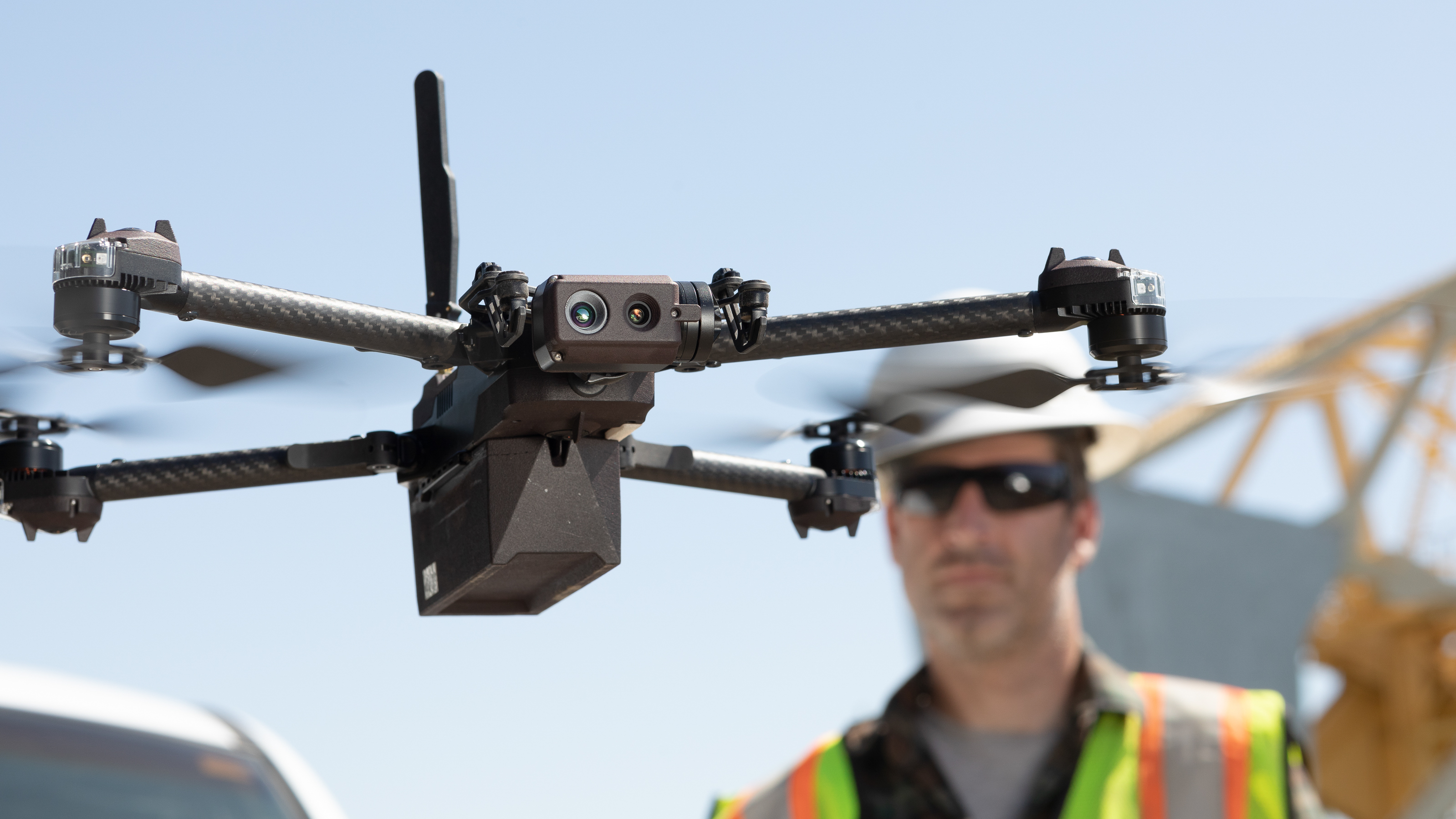The forgotten magic of CCD sensors: Why I won’t give them up!
CMOS has its place, but it is not in any of MY cameras: CCD has my heart and soul
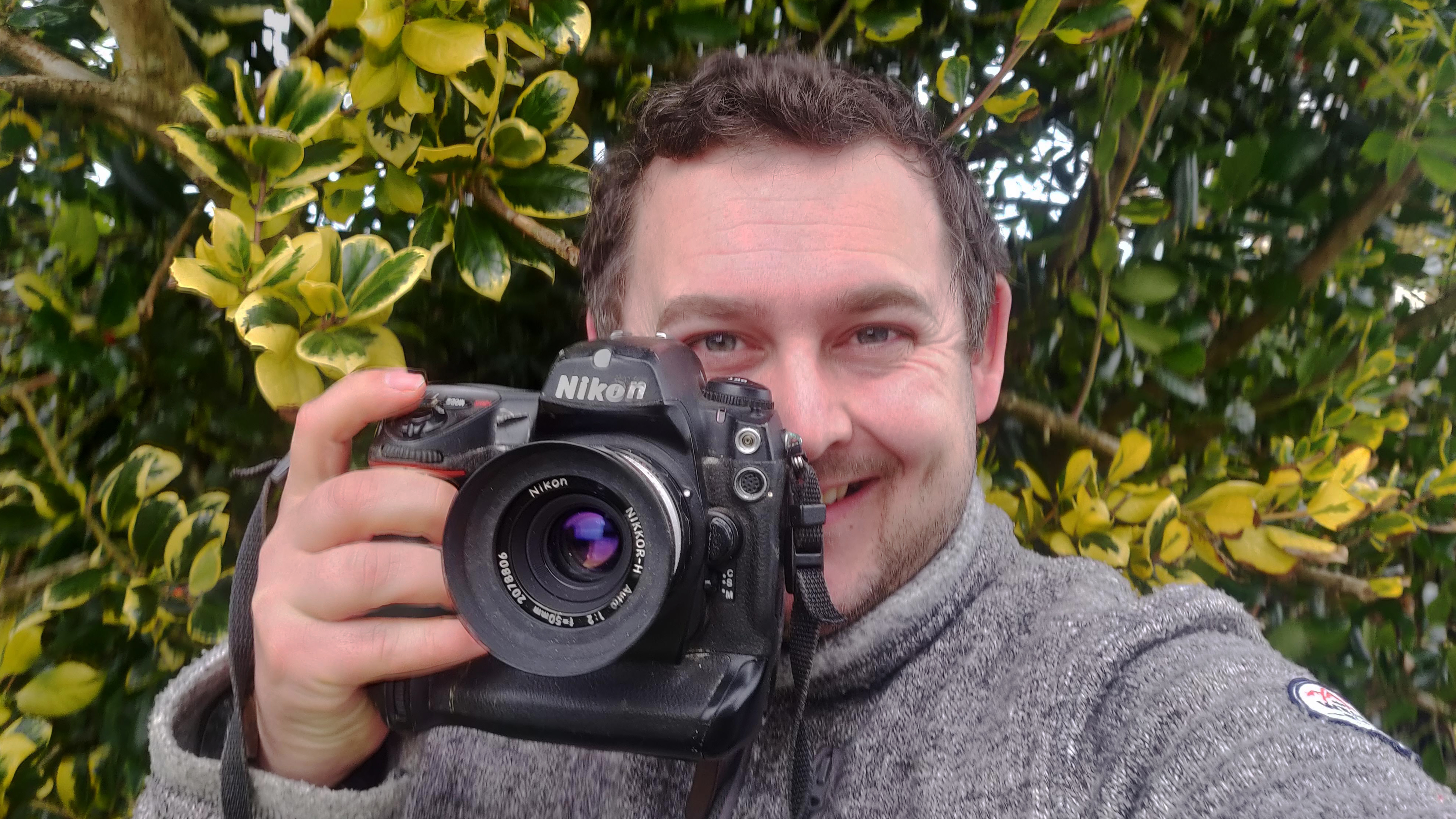
In an era where digital photography is dominated by CMOS sensors, I find myself holding onto something different: every digital camera I own today has a CCD sensor – and I could not be happier!
In a market obsessed with megapixels, low-light performance, and lightning-fast autofocus, my commitment to CCD may seem like an anomaly. But for me, the decision is simple—it’s all about color.

CCD (charge-coupled device) sensors were the gold standard of digital photography before CMOS (complementary metal-oxide-semiconductor) took over.
Unlike CMOS sensors, which read data from each pixel individually, CCD sensors transfer image data across the entire chip in a more unified manner. This results in less digital noise at lower ISOs, a unique rendering of tonal gradations, and most importantly – at least to me – a richer, more film-like color response.
Having spent nearly 20 years as a professional sports photographer, I have used more CMOS cameras than I can count. I fully acknowledge their technical advantages: better ISO performance, faster processing, and improved power efficiency. In fast-paced environments, such as stadiums with artificial lighting, CMOS sensors are a necessity.
But when I pick up a camera for personal work, I’m not chasing technical perfection—I’m after a certain look, a feeling, a soul.
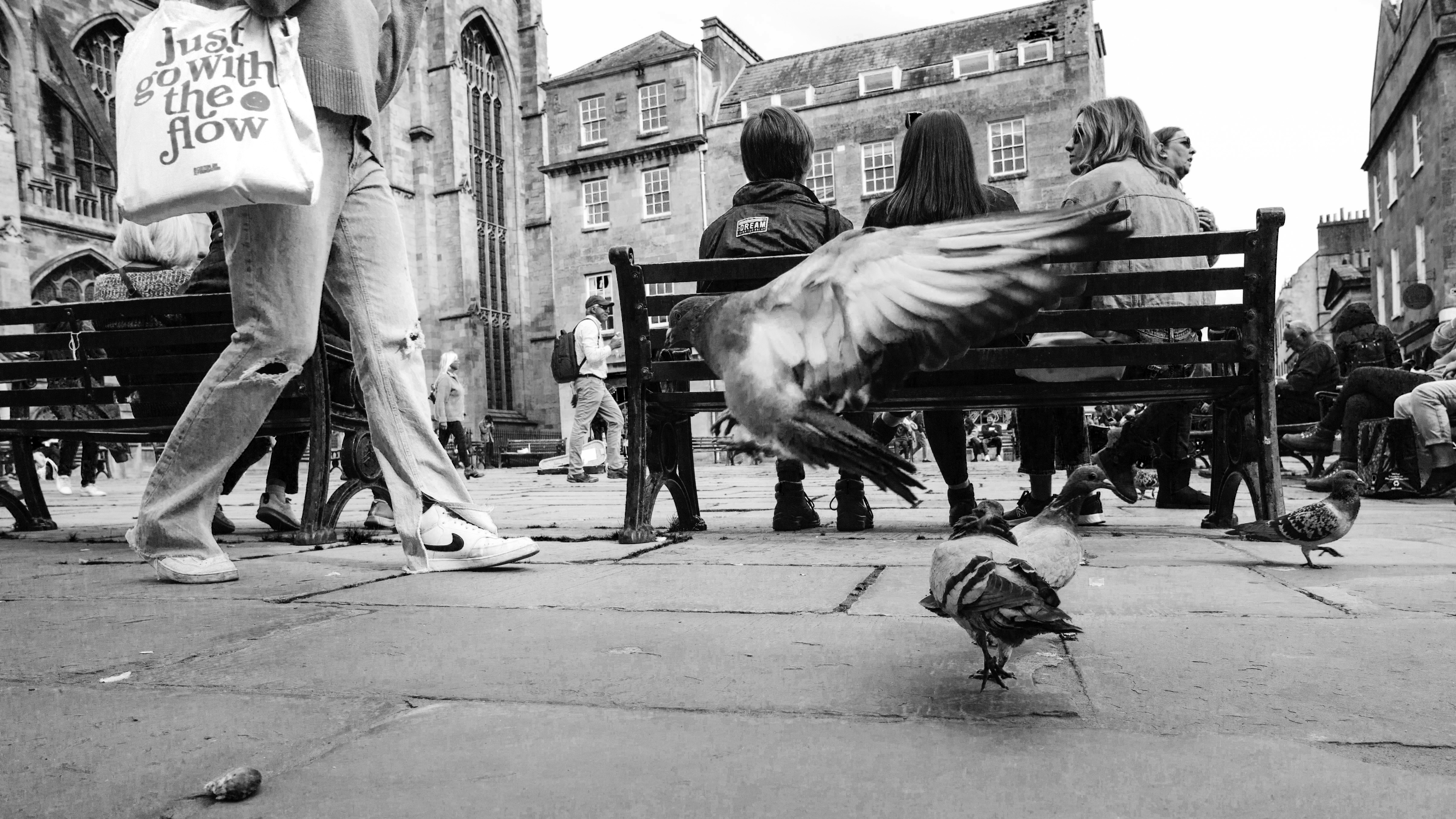
My Leica M-E and Fujifilm S3 Pro are the crown jewels of my digital kit. Both cameras produce colors reminiscent of Kodak’s legendary Kodachrome film – deep reds, true blues, and warm golden highlights that seem to glow from within.
There’s a richness to CCD colors that modern CMOS sensors, no matter how advanced, just don’t replicate. The images feel organic, less clinical, and more like the classic film photography that first inspired me to pick up a camera.
Get the Digital Camera World Newsletter
The best camera deals, reviews, product advice, and unmissable photography news, direct to your inbox!
Beyond color, I also love the way CCD sensors handle black-and-white conversions. Whether shooting JPEGs in-camera or converting RAW files in post, CCD sensors create mono images with an incredible depth, richness, and tonal separation that feels reminiscent of classic film stocks.
The transitions between shadows and highlights are smoother, and the overall character has a unique analog quality that CMOS struggles to match.
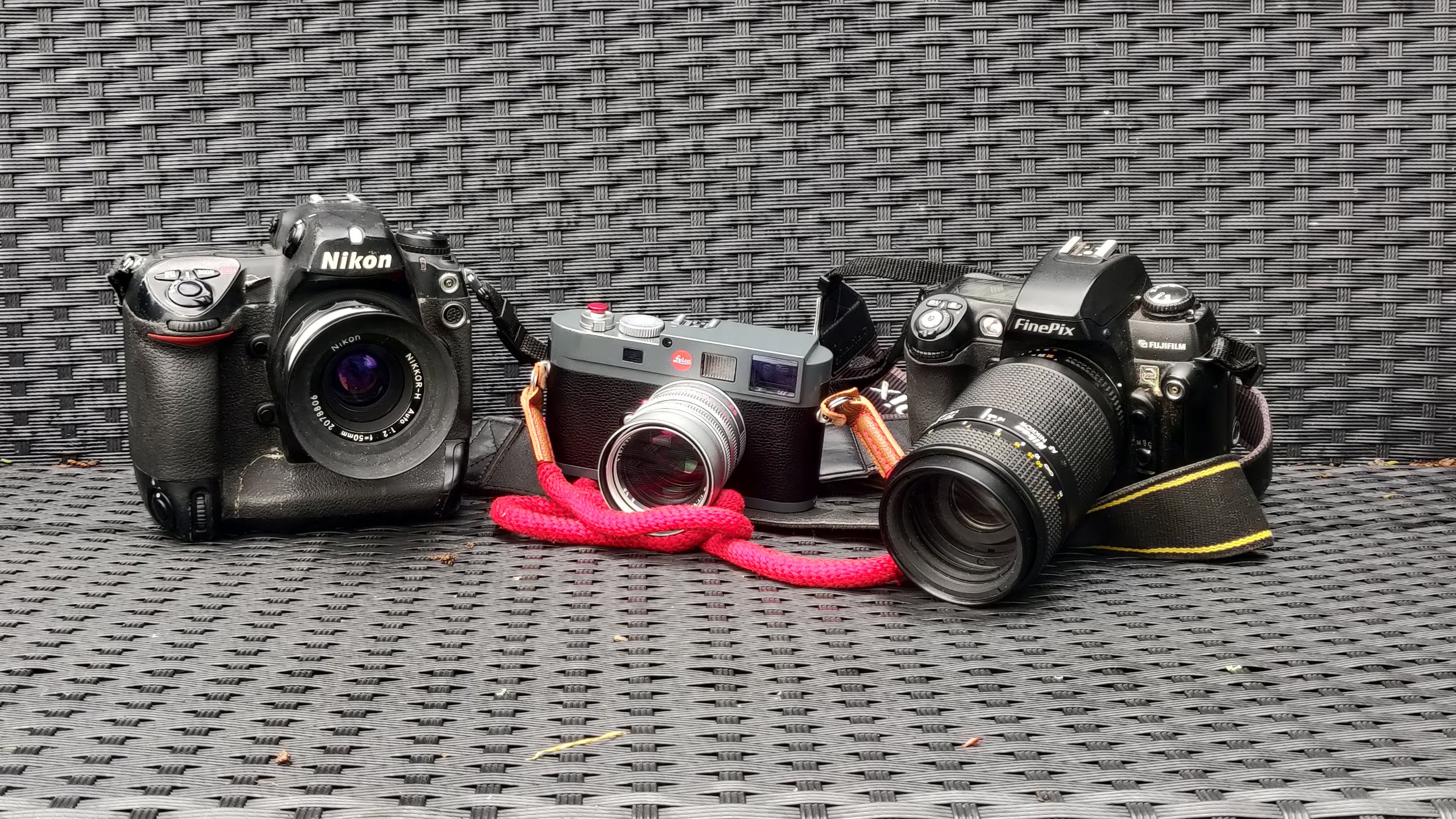
Manufacturers have spent years refining CMOS color science but while today’s sensors are more accurate than ever, accuracy isn’t the same as character. CCD sensors don’t just capture a scene – they interpret it in a way that enhances the natural vibrancy of the world.
With a CCD sensor, the colors pop right out of the camera without excessive post-processing. With a CMOS sensor, I often find myself tweaking colors in post, trying to recapture something that a CCD sensor delivers effortlessly.
The reality is that CCD sensors have all but disappeared from mainstream digital cameras. They are power-hungry, expensive to manufacture, and lack the speed that modern photographers demand. But for those of us who prioritize color over convenience, they remain irreplaceable.
Will I ever abandon CCD? Perhaps one day, if a manufacturer can create a CMOS sensor that truly captures the color depth and character I love. But for now, I’ll keep shooting with my Leica M-E, my Fujifilm S3 Pro, and my handful of other CCD cameras – holding onto digital color as it was meant to be.
You might also like…
If you're as passionate about me about this kind of "look", check out the best cameras for black-and-white photography, or check out the outstanding color science of the best Hasselblad cameras. Failing that, just go back to using the best film cameras!
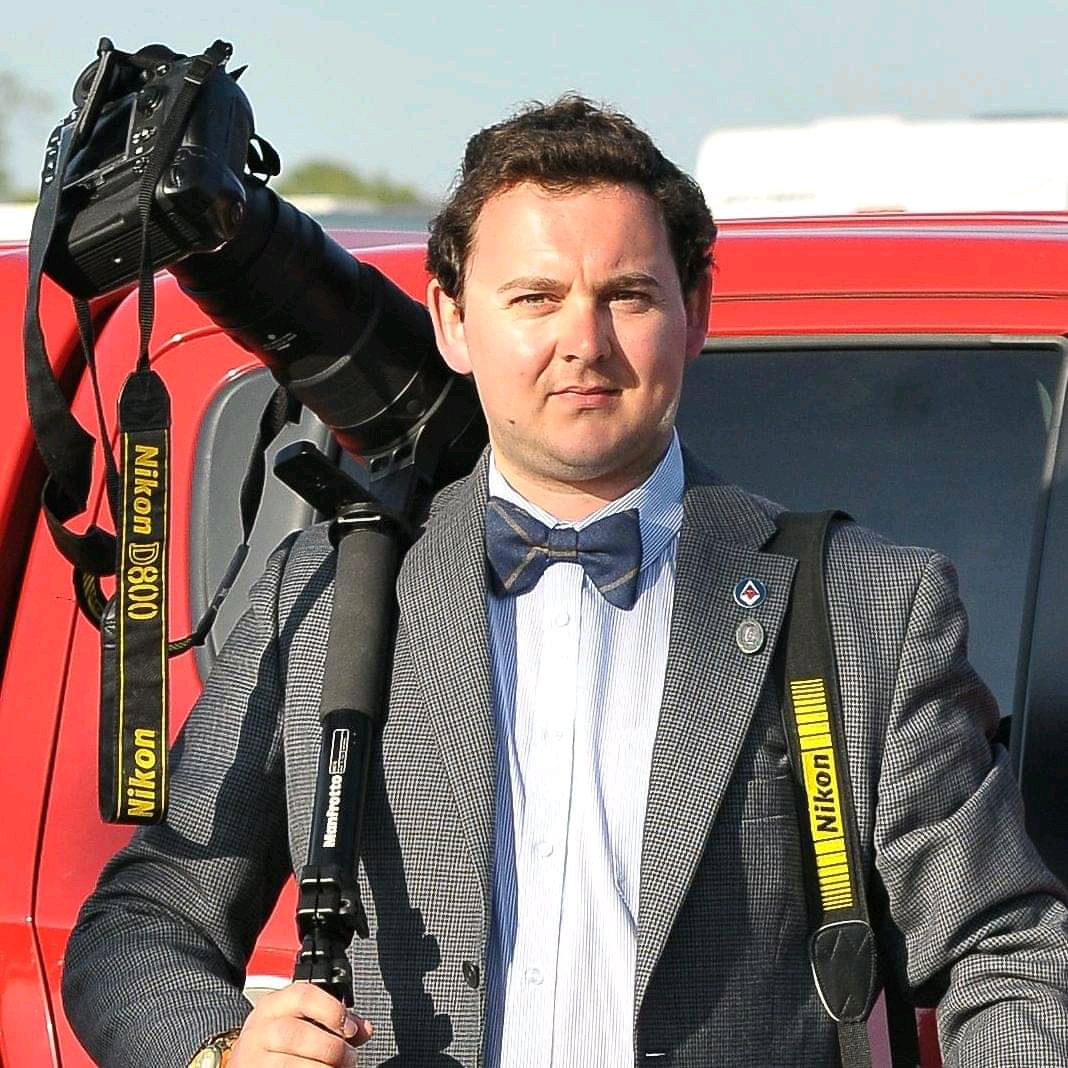
For nearly two decades Sebastian's work has been published internationally. Originally specializing in Equestrianism, his visuals have been used by the leading names in the equestrian industry such as The Fédération Equestre Internationale (FEI), The Jockey Club, Horse & Hound, and many more for various advertising campaigns, books, and pre/post-event highlights.
He is a Fellow of the Royal Society of Arts, holds a Foundation Degree in Equitation Science, and holds a Master of Arts in Publishing. He is a member of Nikon NPS and has been a Nikon user since his film days using a Nikon F5. He saw the digital transition with Nikon's D series cameras and is still, to this day, the youngest member to be elected into BEWA, the British Equestrian Writers' Association.
He is familiar with and shows great interest in 35mm, medium, and large-format photography, using products by Leica, Phase One, Hasselblad, Alpa, and Sinar. Sebastian has also used many cinema cameras from Sony, RED, ARRI, and everything in between. He now spends his spare time using his trusted Leica M-E or Leica M2, shooting Street/Documentary photography as he sees it, usually in Black and White.
You must confirm your public display name before commenting
Please logout and then login again, you will then be prompted to enter your display name.
